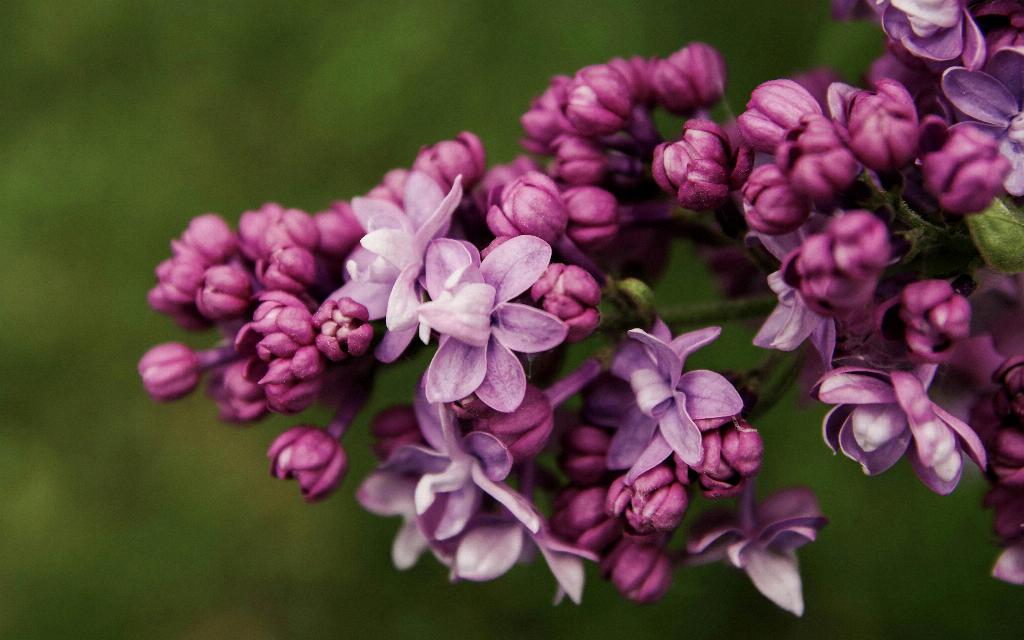When it comes to caring for a lilac bush, one of the most crucial factors to consider is the amount of sunlight it receives. Lilacs thrive in full sun, requiring a minimum of 6 hours of sunlight each day to ensure strong blooming. Without adequate sunlight, your lilac bush may not flower as well as desired.
Proper Drainage is Key
Another essential aspect of caring for a lilac bush is ensuring that the planting site offers good drainage. Lilacs do not fare well in soil that retains excess water, as they do not appreciate having “wet feet.” To promote healthy growth and blooming, it is imperative to plant your lilac bush in an area with proper drainage.
Choosing the Right Planting Time
When it comes to planting a lilac bush, timing is crucial. While lilacs can be planted in either spring or fall, the latter is generally preferred. Fall planting allows the lilac bush to establish its roots before the onset of winter, setting the stage for robust growth in the following spring.
Preparing the Soil
Prior to planting your lilac bush, it is essential to prepare the soil adequately. Lilacs thrive in well-draining soil that is rich in organic matter. Incorporating compost or aged manure into the soil can help provide essential nutrients and promote healthy growth for your lilac bush.
Watering Needs
While it is important to ensure that your lilac bush receives adequate sunlight and has well-draining soil, proper watering is also key to its overall health. Lilacs require consistent moisture, especially during the growing season. Water deeply and regularly, particularly during dry spells, to keep your lilac bush flourishing.
Pruning for Optimal Growth
Pruning plays a significant role in maintaining the health and shape of a lilac bush. To encourage optimal growth and blooming, it is advisable to prune your lilac bush immediately after it has finished flowering. Remove any dead or overgrown branches to promote new growth and ensure a well-shaped bush.
Feeding Your Lilac Bush
In addition to proper watering and pruning, feeding your lilac bush with the right nutrients can help enhance its overall health and blooming. Fertilize your lilac bush in early spring with a balanced fertilizer specially formulated for flowering plants to provide the necessary nutrients for robust growth.
Protecting Against Pests and Diseases
Like any other plant, lilac bushes are susceptible to pests and diseases that can hinder their growth and blooming. Keep an eye out for common lilac pests such as aphids and powdery mildew, and take proactive measures to protect your lilac bush against these threats.
Monitoring for Signs of Stress
Regularly monitoring your lilac bush for signs of stress, such as yellowing leaves or stunted growth, can help you identify and address any issues promptly. By staying vigilant and addressing potential problems early on, you can ensure that your lilac bush remains healthy and vibrant.
Deadheading for Continued Blooming
Deadheading, or the practice of removing spent blooms from your lilac bush, can help promote continued blooming throughout the season. By deadheading regularly, you encourage the plant to focus its energy on producing new blooms, extending the flowering period and enhancing the overall beauty of your lilac bush.
Consideration for Different Varieties
It is worth noting that different lilac varieties may have specific care requirements based on their characteristics. Before caring for a particular lilac bush, it is advisable to research the specific needs of that variety to ensure that you are providing the best possible care for optimal growth and blooming.
Final Thoughts on Lilac Bush Care
Caring for a lilac bush can be a rewarding experience, as these beautiful plants can bring an abundance of color and fragrance to your garden. By paying attention to crucial factors such as sunlight, drainage, planting time, watering, pruning, feeding, pest management, and overall plant health, you can enjoy a flourishing lilac bush that delights the senses season after season.

